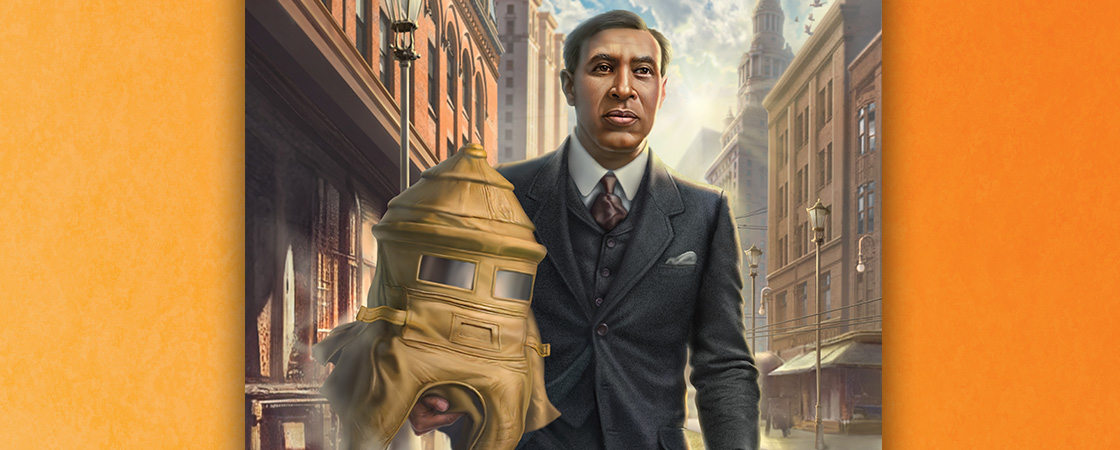Briiing! Briiing! The phone rang in Garrett Morgan’s home. It was a July night in 1916. Earlier that evening, a group of men was working in a tunnel in Ohio. And then, BOOM! There was a terrible explosion.
Smoke and deadly gas filled the tunnel. People ran in to rescue the men. But only a few came back out. Now some of the rescuers and workers were either passed out—or dead.
Officials called the only man they thought could help: Garrett Morgan. He wasn’t a rescue worker or a firefighter. He was an inventor. Could his latest invention save these men’s lives?
Briiing! Briiing! The phone rang in Garrett Morgan’s home. It was a July night in 1916. Earlier that evening, a group of men was working in a tunnel in Ohio. And then, BOOM! There was a huge explosion.
Smoke and deadly gas filled the tunnel. People ran in to rescue the men. But only a few came out. Now some of the rescuers and workers were either passed out—or dead.
Officials called the only man they thought could help: Garrett Morgan. He wasn’t a rescue worker or a firefighter. He was an inventor. Could his newest invention save these men’s lives?
Briiing! The phone rang in Garrett Morgan’s home. It was July 1916. Men had been working in a tunnel near Cleveland, Ohio. There was an explosion. Smoke and gas filled the tunnel. The men were stuck.
Officials called Morgan. He was an inventor who lived nearby. Could his newest invention save these men?

